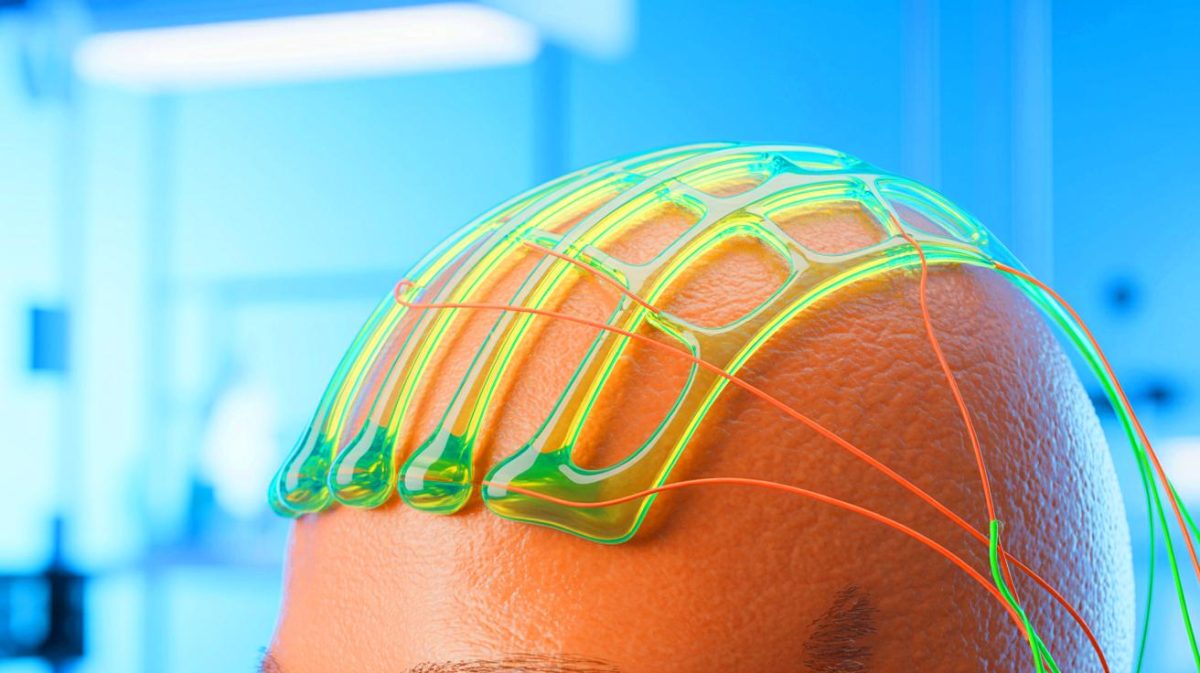| IN A NUTSHELL |
|
The world of brain monitoring is undergoing a transformative shift with the introduction of a groundbreaking innovation by researchers at Penn State. They have developed a minuscule EEG device crafted from 3D-printed hydrogel, designed to be as thin as human hair. This lightweight and flexible electrode promises to revolutionize the way we capture and analyze brain signals, offering a more comfortable and effective alternative to traditional EEG systems. By enhancing comfort and signal quality, this new technology stands to make significant impacts in both clinical and consumer health settings.
Revolutionizing EEG Technology with Hairlike Electrodes
At the heart of this innovation is the hairlike EEG device that retains stable performance even after 24 hours of continuous use. Developed by a team at Penn State, their findings have been published in the journal npj Biomedical Innovations, highlighting the potential applications in healthcare and wellness. The new electrode is virtually unnoticeable during wear, providing consistent and reliable monitoring of EEG signals without compromising patient comfort. This advancement is spearheaded by Tao Zhou, the Wormley Family Early Career Professor of Engineering Science and Mechanics, who emphasizes the device’s enhanced functionality.
Traditional EEG systems are often criticized for their discomfort and messiness. Stiff metal electrodes require conductive gels to maintain contact, which can irritate the skin. Moreover, these rigid electrodes can shift with slight movements, disrupting signal consistency. To address these issues, the Penn State team created a small, flexible electrode from 3D-printed hydrogel. This design allows it to adhere directly to the scalp, eliminating the need for gels and ensuring better signal quality.
Enhancing Comfort and Signal Quality
The fundamental problem with conventional EEG systems is their lack of flexibility and comfort, which can hinder long-term monitoring. Traditional electrodes are not only cumbersome but also prone to shifting, leading to data inconsistency. The new hydrogel-based electrode adheres to the scalp using a bioadhesive ink, reducing gaps that can interfere with signal quality. This flexible and stretchable design ensures that the electrode remains in place, even during daily activities like combing hair or wearing headgear, making it ideal for chronic monitoring.
Comparative tests have shown that this innovative electrode performs as well as standard gold electrodes, offering superior skin contact and maintaining reliable signal quality over extended periods. Unlike traditional systems that require frequent replacements, this electrode remains effective across multiple sessions, minimizing disruptions in data collection. The researchers aim to enhance this technology further by developing a wireless version, allowing for greater mobility and convenience during use.
Potential Impact on Clinical and Consumer Applications
The implications of this technology extend beyond traditional clinical settings. By offering a more comfortable and efficient way to monitor brain activity, it holds promise for various consumer health products aimed at wellness and mental health. As the device becomes more accessible, individuals may monitor their brain activity without the need for clinical supervision, potentially leading to proactive health management.
Moreover, the ease of use and improved comfort could encourage more frequent and prolonged monitoring, providing richer datasets for healthcare professionals. This could lead to better diagnostics and personalized treatment plans for conditions like epilepsy, sleep disorders, and brain injuries. The development of a wireless system would further enhance its applicability by allowing users to move freely during monitoring.
Challenges and Future Directions
While the innovation holds tremendous promise, several challenges remain. The transition from wired to wireless systems is a significant hurdle that the researchers aim to overcome. Additionally, ensuring the widespread adoption of this technology requires addressing potential regulatory and manufacturing challenges. Despite these obstacles, the potential benefits of this advancement in brain monitoring are significant.
As research continues, the focus will likely be on enhancing the device’s capabilities and expanding its applications. The integration of this technology into everyday health and wellness practices could revolutionize how we understand and manage brain health. As we move towards a more connected and health-conscious world, how will technologies like these shape our future understanding of the human brain?
Did you like it? 4.6/5 (29)








Wow! This new EEG device sounds like something out of a sci-fi movie! 😮
Les électrodes traditionnelles sont déjà assez fines, non ? Quelle est la différence avec celles-ci ?